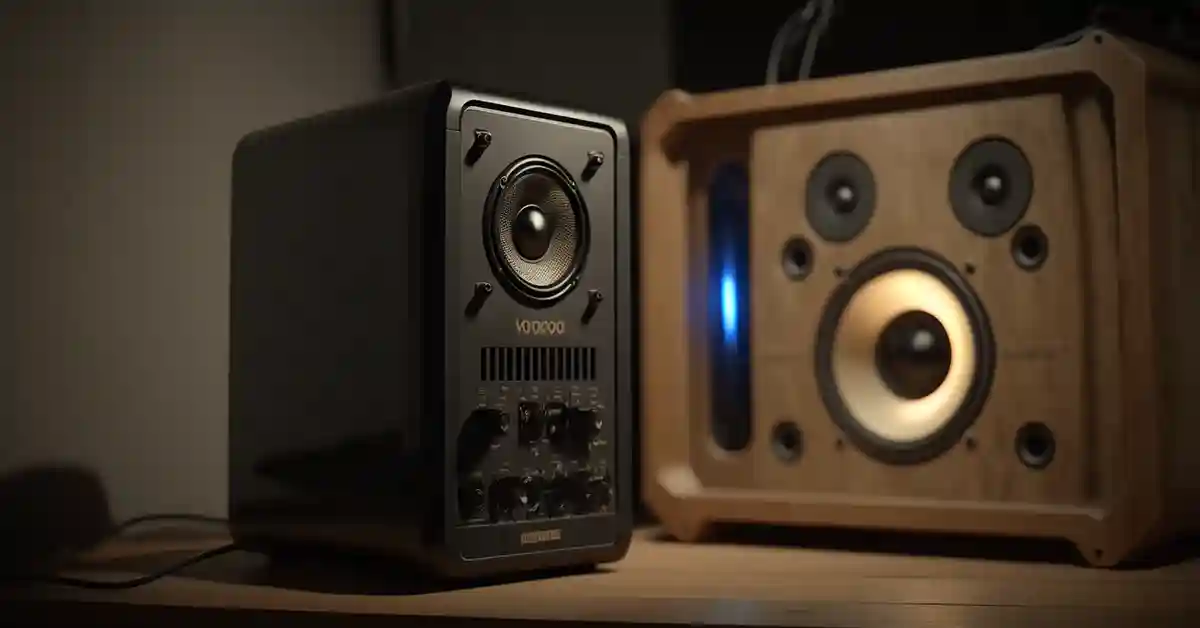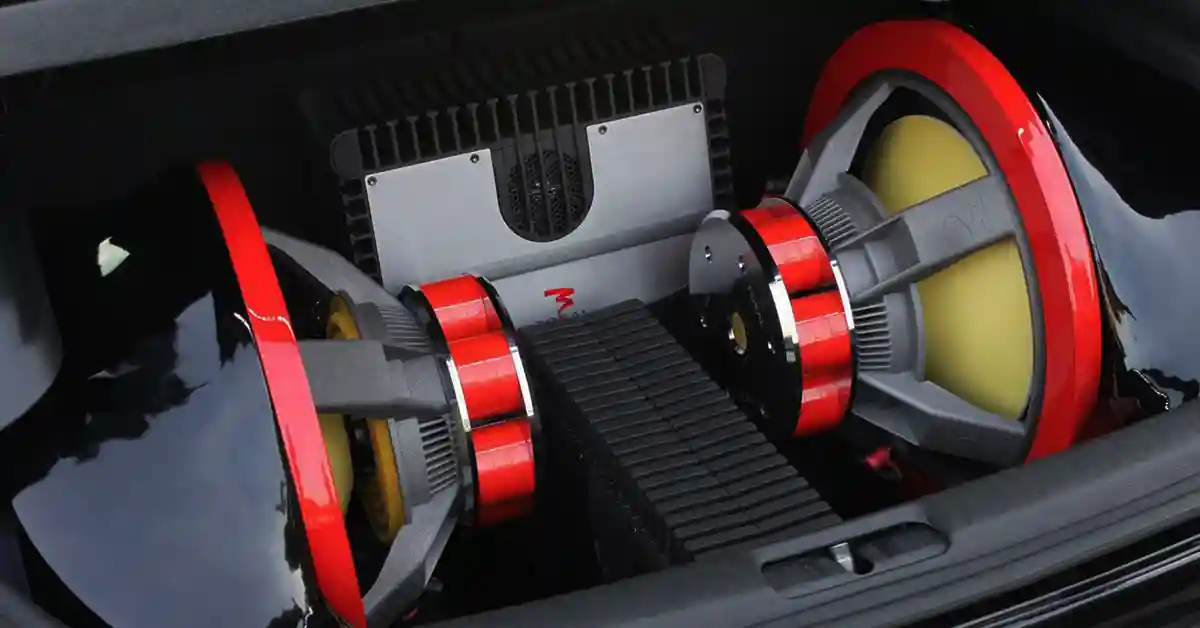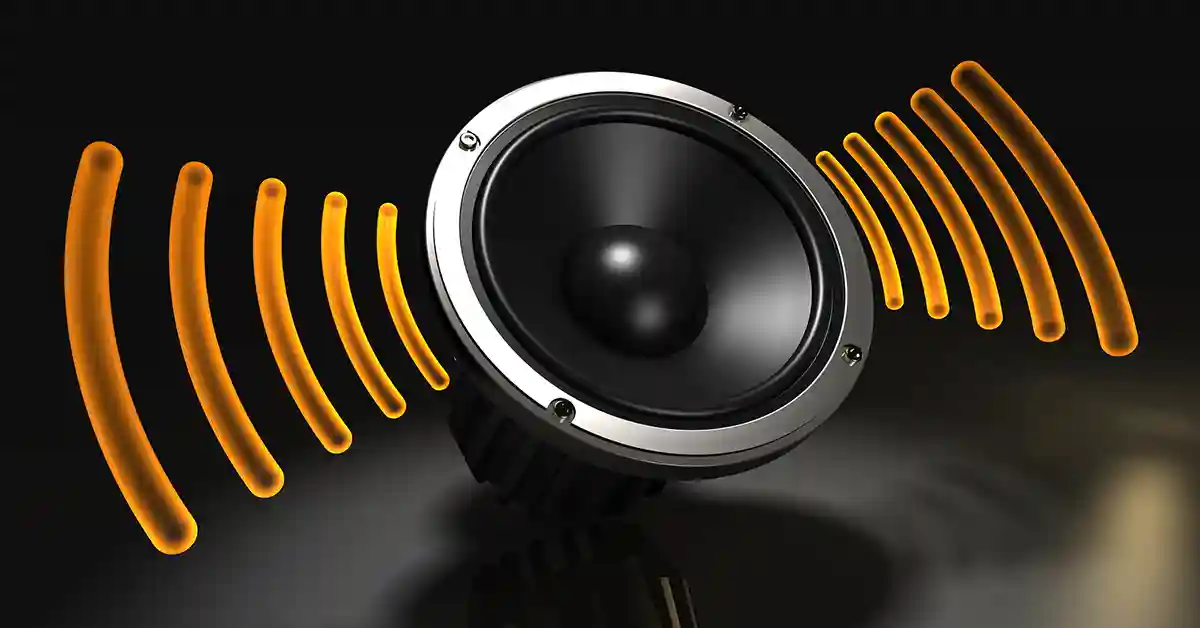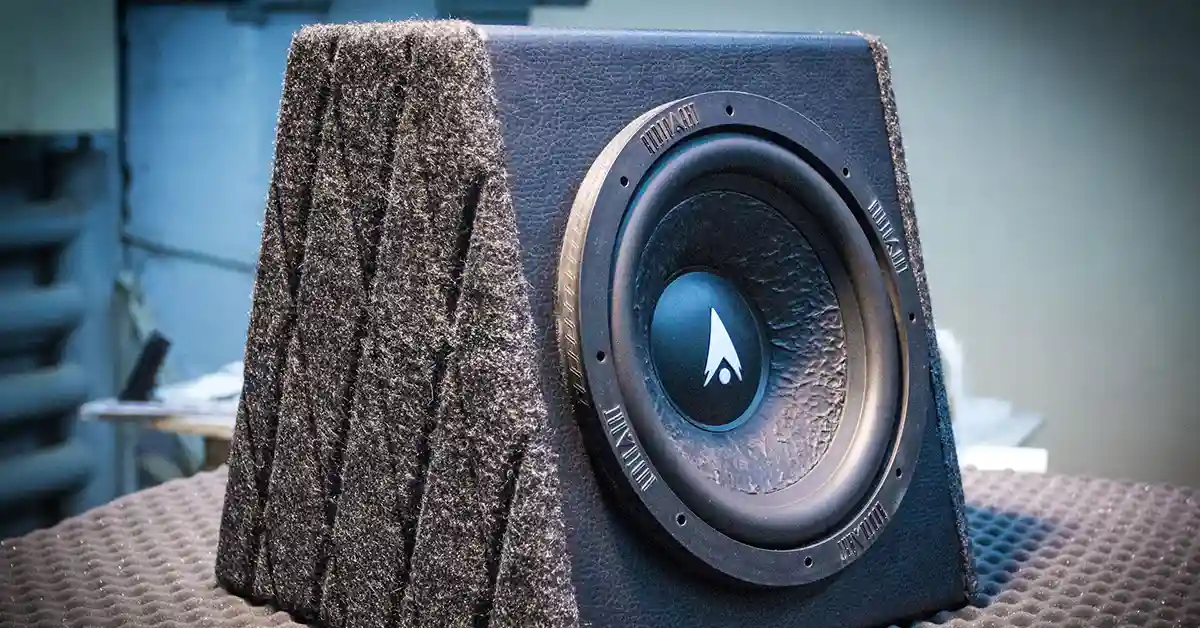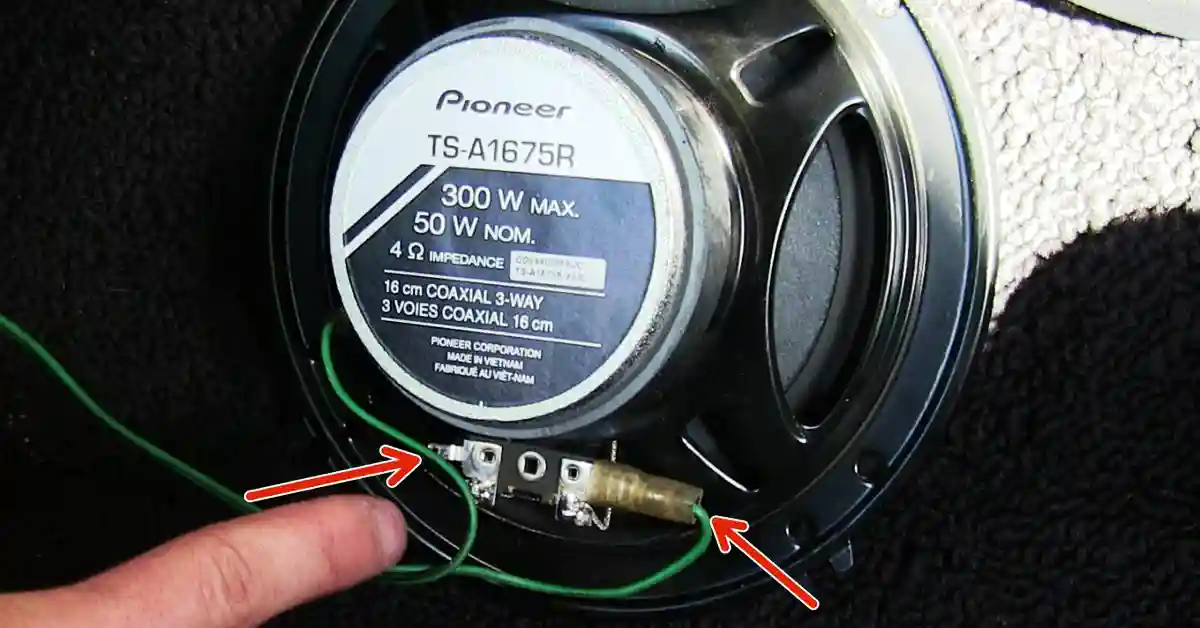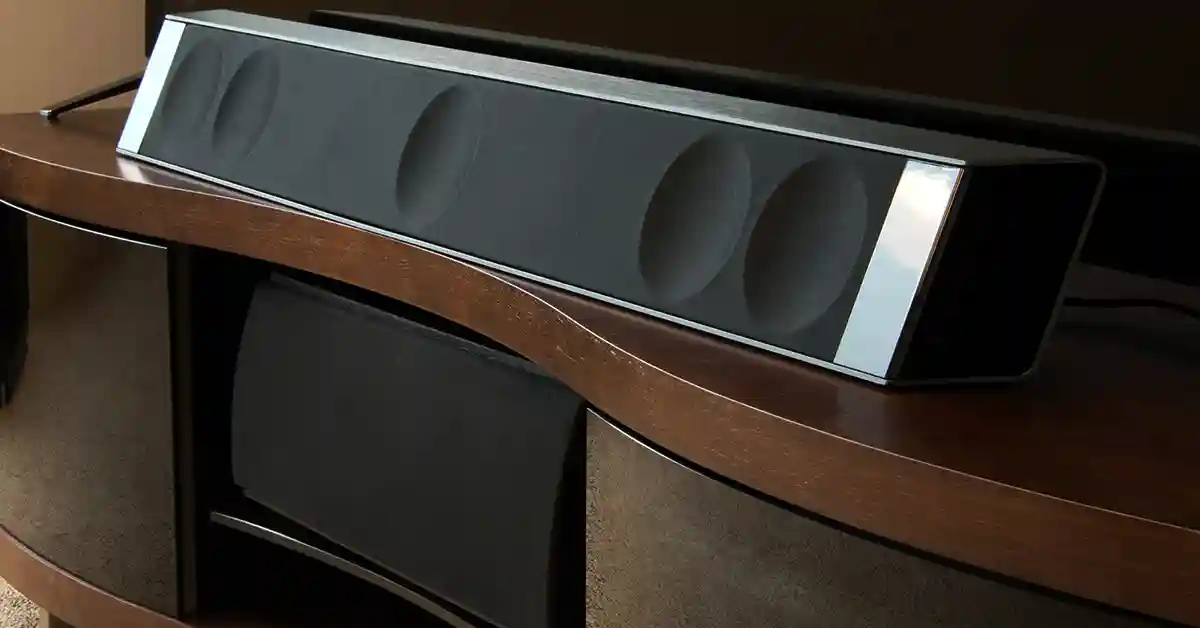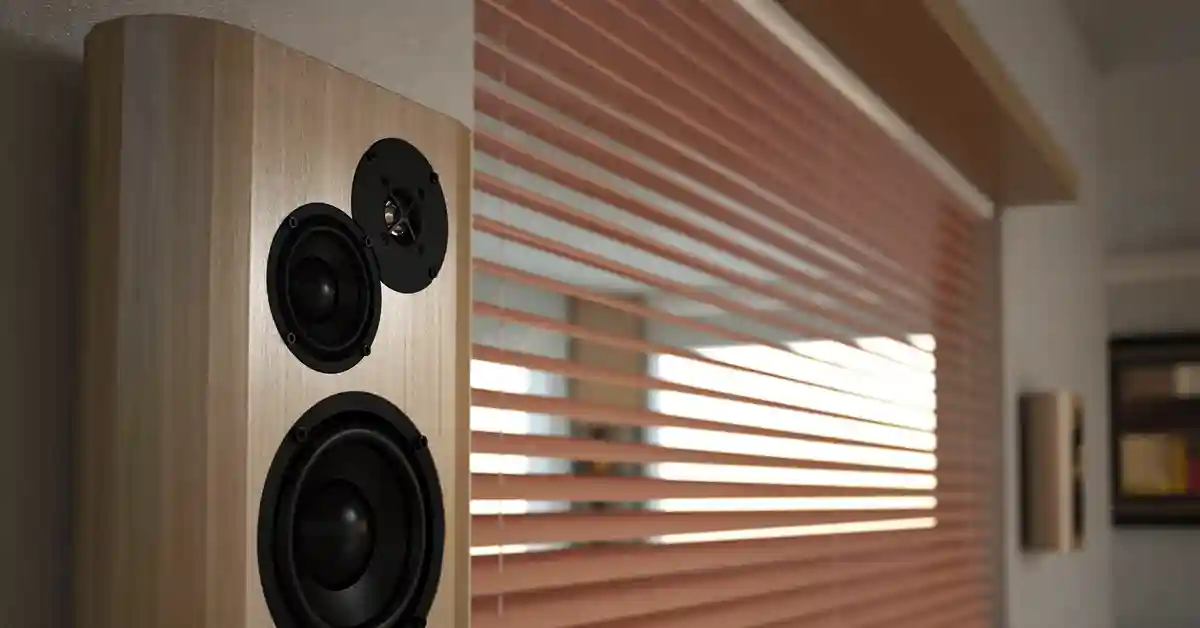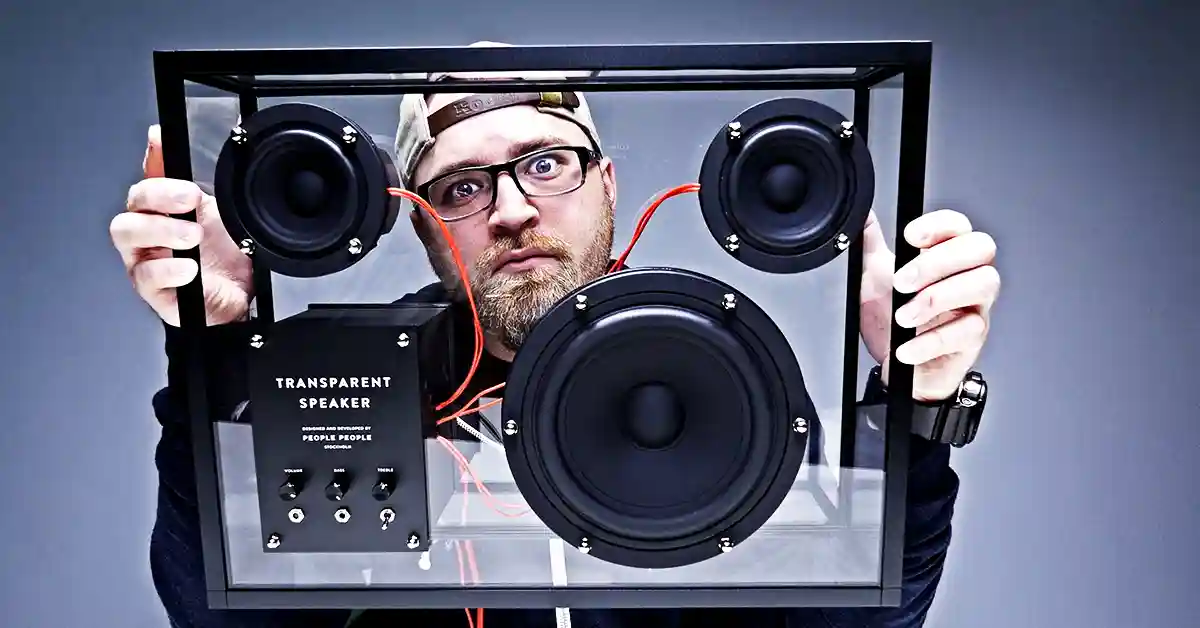Series Or Parallel Speakers Which Is Better
If you're reading this, you're stuck on whether there's a difference between series or parallel speaker wiring.
It can be quite the hassle going from website to website trying to figure. You're also probably scratching your head about how it affects power, sound, and the speaker.
The worst is it does get complex, but fortunately for you, we've got you covered on everything you need to know. Check it out.
Series, Parallel, and Series-Parallel Speaker Wiring
Firstly, let's talk a little bit about wiring speakers with multiple voice coils. The process of series and parallel wiring is important. Depending on your approach, you will get a different load to the amplifier. The process is the same when it comes to resistors and coils in electrical circuits.
Series Wiring
When wiring two or more voice coils, connect the positive connection of the first voice coil to the positive amplifier. The negative voice coil connection will go with the positive voice coil. If you're connecting two voice coils in series, the negative connection on the second voice coil will then connect to the negative connection of the amplifier. If you are using more than two voice coils, repeat the process for each voice coil by attaching the negative voice coil connections to the positive voice coil connection of the next speaker, etc.
When you wire voice coils in series, all you have to do is add the voice coils' resistance to get an idea of what impedance will be at the amplifier. The coils don't have to be the same impedance, but they will affect how much power each speaker receives from the amplifier. We don't recommend car audio to mix impedances of speakers connected to the same terminals.
Parallel Wiring
Parallel wiring is much simpler than series wiring. Then wire all the positive voice coil connections to the amplifier's positive terminal and wire all the negative voice coil connections to the negative amplifier terminal.
If all coils have the same impedance, it's quite easy to calculate the final impedance. Grab the impedance of the voice coils and then divide by the number of voice coils. However, the formula only works if each of the voice coils is the same impedance.
Series Or Parallel Speaker Wiring?
Here's what you need to know before you make your decision:
In almost all cases, it is recommended that speakers be wired in parallel for the best quality and sound. It doesn't often happen that speakers can be utilized in series without harming sound quality (or other disadvantages).
Before you wire speakers in parallel, consider your stereo or amplifier's minimum Ohms rating. Additionally, knowing what RMS is in speakers will help you solve this problem.
What Sounds Better, Parallel Or Series?
Parallel speakers maintain their sound quality, while series-connected speakers may sound a bit off. This is because various coaxial speakers and 2-way or 3-way speaker cabinets or car speaker systems use speaker crossovers in their design. The role of speaker crossover is to block unwanted sound frequencies from infiltrating the speakers.
For example, tweeters can't handle low bass or midrange because they result in distortion and damage. Woofers or midrange speakers, similarly, cannot produce high frequencies well and cause poor sound. When combined, crossovers create a better-sounding speaker system that gives you the best overall experience.
How Does Series Resistance Affect Crossovers?
Crossovers are electrical parts called capacitors and inductors that block sound according to a certain speaker load resistance in Ohms. When that speaker load is changed, something called crossover shift happens.
So the crossover frequency changes tremendously, resulting in unwanted sound flowing to a speaker or speakers. Knowing this, you can understand why series-connected speakers can have poor sound; you're connecting more speaker load (Ohms) than necessary.
Adding more capacitance and inductance in series and parallel can cause problems with the sound.
Are Speakers Louder In Parallel Or Series?
To answer this question, parallel speakers are generally louder than series speakers for the following reasons:
- Wiring speakers in series increases the total speaker impedance (Ohms) load, decreasing how much electrical current (amps) can pass through. So the amp or stereo's power output will be lower.
- Series speakers receive a part of the power delivered and won't be driven as much as the parallel speakers.
It's important to note that this is an example of a normal situation when using speakers rated for an amp or stereo. It's different when purposely using lower impedance speakers to keep the total speaker load low.
Does Series Or Parallel Have More Power?
As previously mentioned, wiring speakers in series mostly means that you will be heightening the total speaker load above what is recommended for the amplifier, receiver, car amp, etc. This won't have any harmful effects, but it comes with a price for power.
For example, you have an amplifier with the following power specs:
RMS Power @ 4 Ohms: 100W/channel
RMS Power @ 2 Ohms: 200W/channel
If you were to wire two 4Ω speakers in series you'd have 4Ω + 4Ω = 8Ω total. Resulting in:
- The total power output to the 8 ohm series speaker load would be at a maximum of 50W.
- The total power would be divided between however many speakers you have. For instance, that's 50W/2 = 25 watts per speaker.
- Each 4Ω speaker would only have 1/4 of the 4 Ohm power rating (100W) available so that the volume will be slightly lower.
In summary, wiring speakers in series lowers the total power, each speaker's power, and the volume each speaker has.
Please note that volume doesn't add together like Ohms or other things. Doubling the power to a speaker (or using two speakers in series with 1/2 the power each of a single speaker) doesn't double it – it increases it by 3dB because of our hearing ability.
Speaker Ohms For Parallel Vs. Series Wiring
Wiring speakers in series or parallel must have a total speaker load (Ohms) equal to or higher than the minimum Ohms rating of the amp or stereo.
That's because using multiple speakers in a way that lowers the total Ohms will cause an overflow of current that can cause irreparable damage to an amp, receiver, or stereo. The electronics used in audio equipment have a limit that you can't exceed.
Check out the following rules you should follow:
- When speakers are connected in parallel, the Ohms load divides by how many speakers you have.
- When connected in series, the speaker Ohms add together. You can opt for a higher total speaker Ohms load but not lower.
What Type Of Speakers Sound Ok With Series Wiring?
Speaker sound is important, so we've highlighted a couple of speakers you wire in series without sound quality problems.
- Single-cone midrange or single cone full-range speakers that don't need a tweeter with crossover attached.
- Some horn tweeters (piezo tweeters, for example)
- Subwoofers and woofers
These types don't have crossover components that will affect the sound.
While it's true that speaker voice coils have some inductance because of their wound wire, that doesn't count for much, and wiring these types of speakers in series works well. However, it's noteworthy that any time you wire speakers in series, the total power delivered and power to each speaker will be lower because you're changing the speaker load.
When wiring speakers in series, you'll have to come to terms with the fact that the power and volume will be running at a loss.
So, it's still useful for different sound projects such as a ceiling speaker setup, making a speaker array design, and some other cool designs. Also, for amplifiers, receivers, or home stereos with plenty of power available, you're less likely to notice anything.
Parallel Speaker: Pros and Cons
Pros
- Great for maximum power and volume.
- Best sound quality for almost every speaker out there.
- If one fails, others will still have sound.
Cons
- Not always possible because of the Ohms load.
- Harder to add more speakers (min. Ohms required).
- May need more amp channels etc.
Series Speaker: Pros and Cons
Pros
- Higher series speaker Ohms safe for stereos & amps.
- Easy to hook up.
- Cheap, simple solution for ceiling speakers, speaker arrays, etc.
Cons
- Lower power and volume.
- Bad sound quality for 2-way or similar speakers.
- Lose sound to all speakers with a single failure point.
- Each speaker will lose sound when a connection is lost with series speakers since there's no path for the electrical current to flow, unlike parallel speakers.
Additionally, if series speakers are spaced apart, connecting them can be a bit of a hassle.
Conclusion
Now that you've gained a better understanding of parallel vs. series speaker wiring, what's the verdict? Are you going with parallel or series wiring? While most people prefer parallel because the sound is better due to lower resistance, speaker output from series wiring has high mids with more robust sound.
If you're a deep bass fan, then you've got a friend in parallel wiring. A combination of the two will also produce a better sound.
We hope we've answered any questions you have surrounding parallel and series wiring; enjoy the sounds!
Related Articles

